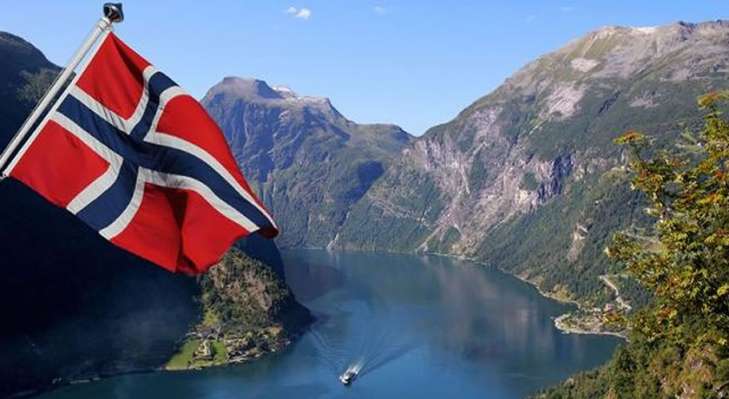
Norwegian agency DSA has found traces of cesium-137 at two stations located near the Russian border. The reason for the increase in radiation is currently unknown.
The Barents Observer writes about this.
It is noted that the radioactive isotope cesium-137, which is formed as a fission product during the operation of a nuclear reactor, appeared in samples from two radiation monitoring stations in Norway – Viksjøfjell and Svanhovd. The increase in radiation was detected between September 5 and 16.
DSA spokesman Bredo Møller said the levels of caesium-137 were higher than normal but did not pose a risk to people or the environment. He said the DSA would conduct more tests over the next few days but expected “they will also be at the same level.”
There is no information yet on the presence of caesium in the samples from the Russian side.
The cause of the caesium-137 has also not yet been determined.
200% Deposit Bonus up to €3,000 180% First Deposit Bonus up to $20,000Möller noted that cesium could come from forest fires – when old trees burn, radioactive elements can rise into the air and be carried by the wind. These elements, he added, could have settled on the trees after the Chernobyl accident, or even from nuclear tests before 1962.
Another version is Russian submarines and icebreakers in the Barents Sea, which use nuclear reactors. However, analysts consider it unlikely that the cesium-137 leak occurred in a reactor operating at sea.
Another possibility, in their opinion, could be related to the development or testing of the Russian nuclear-powered missile Burevestnik. The launch site for it is located on the Novaya Zemlya archipelago, where the USSR conducted nuclear tests until 1990. However, work at the site is strictly classified, and very little information is made public. There are no official reports that Burevestnik tested, no.
It is also possible that the radioactive isotope could have flown in from afar, depending on the wind direction.
Prepared by: Nina Petrovich
